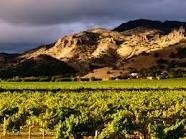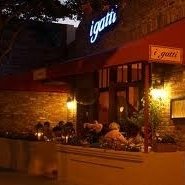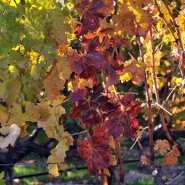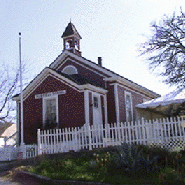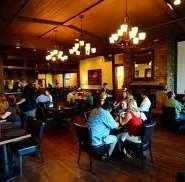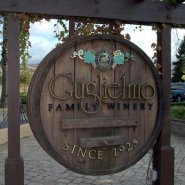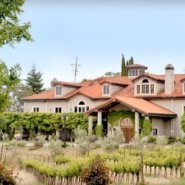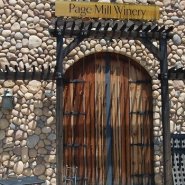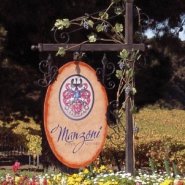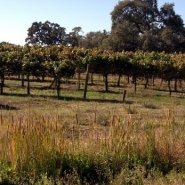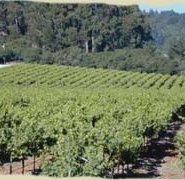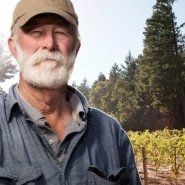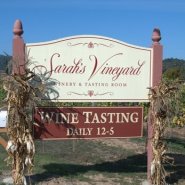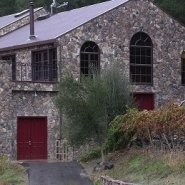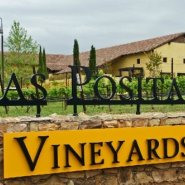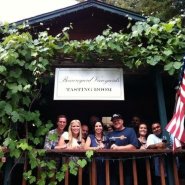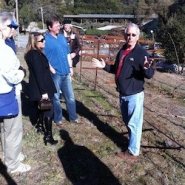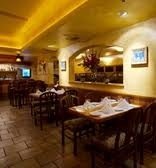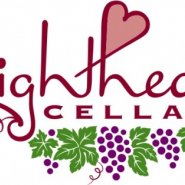Stags Leap District
Yountville, CA 94599
The Stags Leap District AVA is an American Viticultural Area located within the Napa Valley AVA 6 miles (9.7 km) north of the city of Napa, California. The Stags Leap District was the first appellation to be designated an AVA based on the unique terroir characteristics of its soil. The soil of this region include loam and clay sediments from the Napa River and volcanic soil deposits left over from erosion of the Vaca Mountains. Like many Napa Valley AVAs, Stags Leap District is particularly known for its Cabernet Sauvignon. In 1976 at the Judgment of Paris wine tasting, the 1973 Stag's Leap Wine Cellars Cabernet from the area that would become this AVA won first place in the red wine category, beating out classified Bordeaux estates.
Textural Hedonism
"When you taste a typical Stags Leap District wine, you understand what all the fuss is about. What's harder to explain is precisely what it is about the soils and climate of Stags Leap that gives its Cabernets such characteristic softness and intensity. Yes, the coarse, eroded soils are, according to reports from UC Davis, unique. Yes, the bare rocks heat up the district quickly during the day. And yes, the heat drops off at night just as rapidly, as cool breezes are sucked in off the Pacific. ... But why this translates to textural hedonism remains a mystery."
— Karen MacNeil, Cabernet Heaven, Los Angeles Times, 7/8/98.
Terroir
A jagged outcropping of sheer rock and the legend of a nimble buck inspired the Stags Leap name over a century ago. The first viticultural area in the United States to be approved based on the distinctiveness of its soils, the district is located in the eastern portion of the Napa Valley, 5 to 7 miles north of the town of Napa and east of the Napa River along the Silverado Trail. Barely a mile wide and three miles long, the district comprises roughly 2,700 acres, of which half are planted to vineyards.
A Valley within a Valley
Often referred to as a "valley within a valley," the district is bounded on the east by the towering Stags Leap Palisades, to the west by the gently rolling hills and the Napa River, to the north by the Yountville Cross Road, and to the south by low-lying flatlands. These landscape features lend the district its clear physical identity.
"There's a sense of entering it and leaving it, and, when inside it, of looking out at the rest of the valley."
— Rod Smith, Power and Grace, Wine Country Living, July/August 1999.
Soil
There is a great diversity of soils within the Stags Leap District but two main types predominate. Soils on the eastern elevation are the result of volcanic eruptions that took place millions of years ago, as well as the slow erosion of the arid Vaca Mountains. In the lowland area, where a much broader Napa River once ran, old river sediments have created a remarkable blend of loams with a clay-like substructure. These gravely soils, and those of the hillsides, are coarser and retain less water than most resulting in low-vigor vines that yield fruit of great intensity and flavor—the "rock soft" wines of the Stags Leap District.
Climate
The rock facades of the palisades reflect the heat of the sun onto the vineyards below, causing temperatures to rise more quickly than in neighboring vineyards. As afternoon draws to a close, the hills funnel the cool, marine air flowing north from the San Pablo Bay through the Stags Leap District corridor. The cooling effect of this breeze, coupled with nighttime air drainage off the mountains and hills, means lower nighttime temperatures. This allows the grapes to achieve an excellent balance of acid and sugar and also minimizes the threat of frost. The end result is a longer growing season of warm days and cool nights—perfect for late-maturing varietals such as Cabernet.
Stag Leap District Wines
The signature varietal of the Stags Leap District is Cabernet Sauvignon—notable for its distinctive combination of power and elegance. Ninety percent of the district is planted to Bordeaux varietals, with 80% planted to Cabernet Sauvignon and Merlot. There are also small amounts of Petite Syrah and Sangiovese. As for the district's white grapes?
"Wineries throughout Napa Valley have long coveted Stags Leap District Sauvignon Blanc grapes for the vibrant richness they add to blends."
— Rod Smith, Power and Grace, Wine Country Living, July/August 1999.
